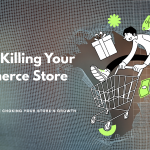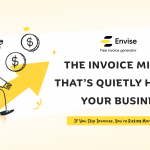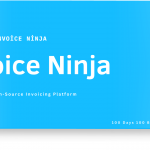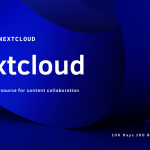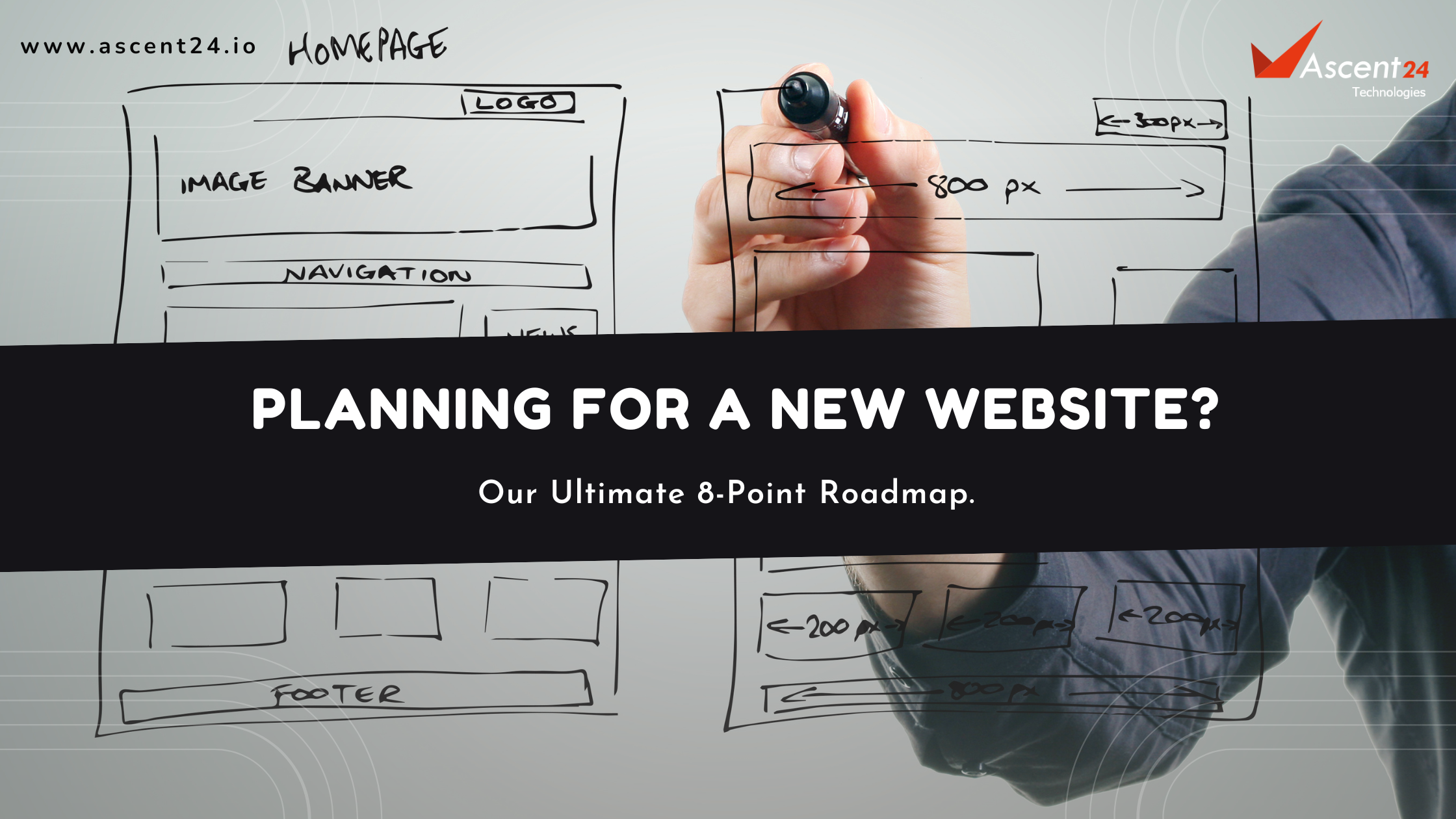
Website Launch Wizardry: Our Ultimate 8-Point Roadmap
Planning to own a website for your business?
In today’s digital age, having a strong online presence is essential for businesses of all sizes. Whether you’re a seasoned entrepreneur or a budding startup, the launch of a new website can be a pivotal moment for your business. To ensure your online debut is a success, it’s crucial to follow a strategic plan.
Planning a new website or modernization could indeed be daunting.
What is the best approach?
Don’t you worry, as we are here to guide you and support you, and help you prepare with the things you have to carry for this journey.
Planning is the most important process, and here we are, getting you prepared effectively.
“ No one comes to your website to be entertained.
They have questions they think you can answer. Content answers questions.”
― Jay Baer
All companies are destined to grow and succeed in their business, even if they start with topics and trends they are unaware of. All that requires is a will to make mistakes, get up and learn, and implement the strategies effectively. Being technical is one such, and, if you’re not familiar with the intricacies of web development, you can use this as a blueprint or reference to prepare the specifications you need for owning a website. Add value from your first meeting with the website development company or service provider.
GOAL
What is the purpose?
Purpose. The reason. The pain point or the key issue you are expecting to be resolved with the new website for your business.
Starting a website requires defining its goals to ensure everyone involved understands its purpose. Depending on purpose, you might aim for:
* Marketing and Sales Goals:
- Generating Leads
- Closing Sales
- Increasing Brand Awareness
* Operational Improvement Goals:
- Automating Business Processes
- Reducing Operational Expenses

By clarifying your website’s objectives upfront, you can build a platform that effectively serves your business needs while attracting and engaging your target audience.
RESOURCES
The basics of all, before you start.
Your website is a reflection of your brand. Remember, you are investing in creating a cohesive and memorable brand identity that encompasses your company’s values, personality, and mission. Consistency in branding across all touchpoints alone fosters trust and credibility among your audience.
It all comes down to these 2 constraints :
* Budget – How much money you can invest in the entire process.
* Time – What’s your timeline to have the website available online.
Once you are clear in these details, you will find it comfortable in moving ahead and know where to spend more and where it should be less.

AUDIENCE
Know Your Audience
The purpose: Create more visitors. And then? Convert into loyal customers. The profound understanding of your target audience is the cornerstone to create a detailed user persona who represent your audience. How do you do that?

- Know who your visitors are.
- Understand why they visit – ‘What they need’.
- Know how they behave online.
Want to know more in detail ? Conduct a thorough market research : - Gather basic demographic information about your potential audience.
- Understand the psychographic profile of your audience – Their interests, values, attitudes, lifestyle choices, etc.
- Gather in-depth behavioral insights and analyze how your audience interact with similar websites.
These personas will be the reference point throughout the design and development process, ensuring that every decision aligns with the needs and expectations of your audience.
“Getting a quality website is not an expense but rather an investment.”
― Dr. Christopher Dayagdag
CONTENT
Speak directly to your audience
Of course. Content is King. What more to say on how careful you have to be with the content?
You know your audience. You know their lifestyle, their preferences, and their expectations. And you know you have the perfect solution that your audience needs. All you need is to speak to your audience, in the way they will be interested and will believe you. And all that can be done through not just any content, but by developing an effective content strategy alone.
You build your success with this kingdom. But how?
- Develop a content plan.
- Have the content flow and structure ready. Work on the design around the content. Design always comes next to content.
- It’s even better if you have the content drafts prepared. Designing the website that matches the content, which was prepared based on the audience, makes it more compelling.
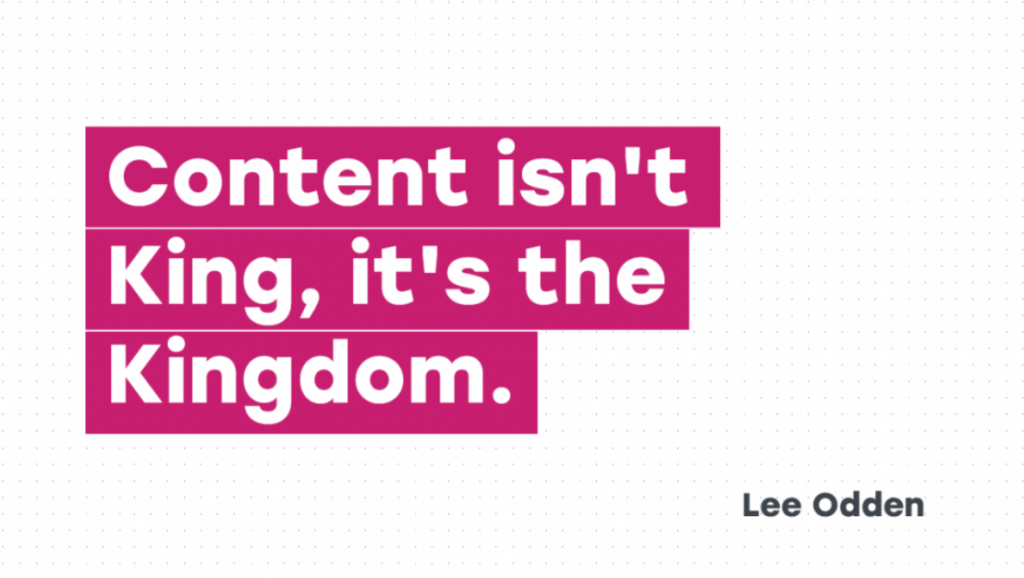
Image : tubikstudioDESIGN
How do you want your website to look like?
One word. User-centric. The very reason why you wish to own a website for your business can be based on various reasons like purpose, target audience, business goals, business expansion, and many more. But, while designing a website, there’s only one factor that overarches every reason. It’s the “User Experience”.
Many users might visit your website for different reasons. Some could visit trying to understand your business, some might visit looking for your service or support. Some might be your competitors in the market, some might be the ones looking up towards you to know how the business is done, some might be visiting for employment, and many more.
The first impression you create in these visitors says about your business, and that’s where User Experience holds the main card. User Experience encompasses how visitors interact with and perceive a website, focusing on aspects such as usability, accessibility, and overall satisfaction. While other factors such as visual appeal, branding consistency, and functionality are important aspects of website design, they ultimately contribute to the overall user experience. Prioritizing user experience ensures that a website effectively serves its intended purpose and delivers value to its audience, making it a foundational element of successful web design.
While choosing a design for your website, there are 2 options : Custom, Template. While custom is where you can have every single section ana page of your website designed in the way you like, template is where you already have the skeleton of the website with dummy contents and all you have to do is modify the theme up to your business’s brand color and update content accordingly. Based on your website’s need, resource availability, and purpose, you can choose the one that suits the best.
Remember, Design always comes next to content.
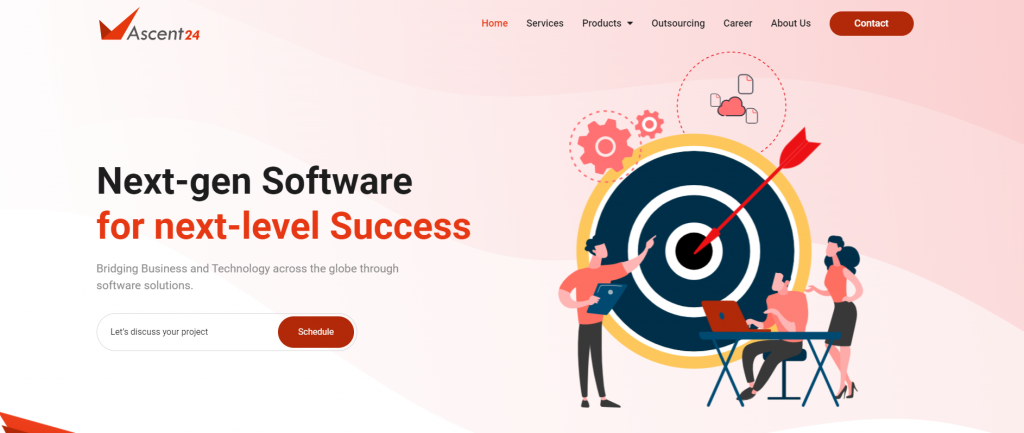
DEVELOPMENT
All set for production
Content funnel, all OK. Design, all OK. Now, you have a clear idea of your imagination in a rough format, but in pieces. All that’s needed is to bring those pieces together. Meaning, you are all set for development. Your website is the reflection of your brand.
But wait… there are a few more you have to consider.
If you are the person who is going to develop and maintain it on your own, there are no worries. You know what you want, and you will have everything taken care of. But what if, you are not the person who develops? What if you are not the technical person?
* You approach a vendor, a software developing company or a freelancer or a web developer, and share all details you have covered under the above-mentioned steps. Of course, only after knowing whether the company or the person is trustworthy.
* You discuss with them and choose the right technology, with a futuristic approach.
And what follow is the most important discussion, post development, which has to be discussed, have the details documented and mutually signed, before development. This could be details like :
* Who is going to develop the website, in what timeline and budget.
* Who are the users who handle the site? (owner, contributors, etc.)
* Website domain and follow up
List all you have in hand : Design works, content works, website post-development works, etc.
Categorize them : Must-have, nice-to-have, Hold for future. Revise and rework… regulate and go for full production, only with the list you are confident to proceed with.
ITERATE
Growth and success is achieved in iteration
Launching a website requires a smooth and successful process, that not only meets your business objectives but also delivers exceptional user experience. Before launching your website, conduct thorough testing to identify and address any bugs, usability issues, or performance bottlenecks. Solicit feedback from beta users to gain valuable insights and make necessary improvements. Continuous iteration based on user feedback ensures your website remains relevant and effective over time. Always maintain a pre-launch checklist to track progress before going LIVE.

PROMOTIONS
Plan for promotion – Conversion
A successful website launch requires a strategic promotion plan, in not just one, but in various marketing channels. Driving traffic to the website requires reaching out to the audience and letting them know about your business through your website. Leverage various marketing channels such as social media, email marketing, affiliate marketing, influencer, and paid advertising, as per your budget, engage with your audience, build relationships, and encourage sharing to expand your reach and maximize impact.
* Start with building an SEO strategy, as it plays a major role. Optimize your website content and structure to improve visibility on search engines.
* Create and share valuable content, utilize platforms like Facebook, Instagram, and LinkedIn to promote your content (Images, blogs, videos, infographics, case studies, etc.), attract, engage and retain your audience.
* Build and nurture an email list to send targeted promotions, updates, and newsletters.
* Begin with basic marketing techniques and build traffic.
These are the basic priorities, we feel, one should consider while planning for a website. Start with your business goal and define your website goal on what you want to achieve with the website. Let everyone involved in the website development be clear of your goals.
Start planning…discuss with experts… prioritize. See for yourself how website converts your visitors into clients and customers.
Just in case, if you are wondering is it worthy to invest time and money to have a website for your business, we have a snippet, just for you.
GET A FREE ESTIMATE FOR YOUR WEBSITE


